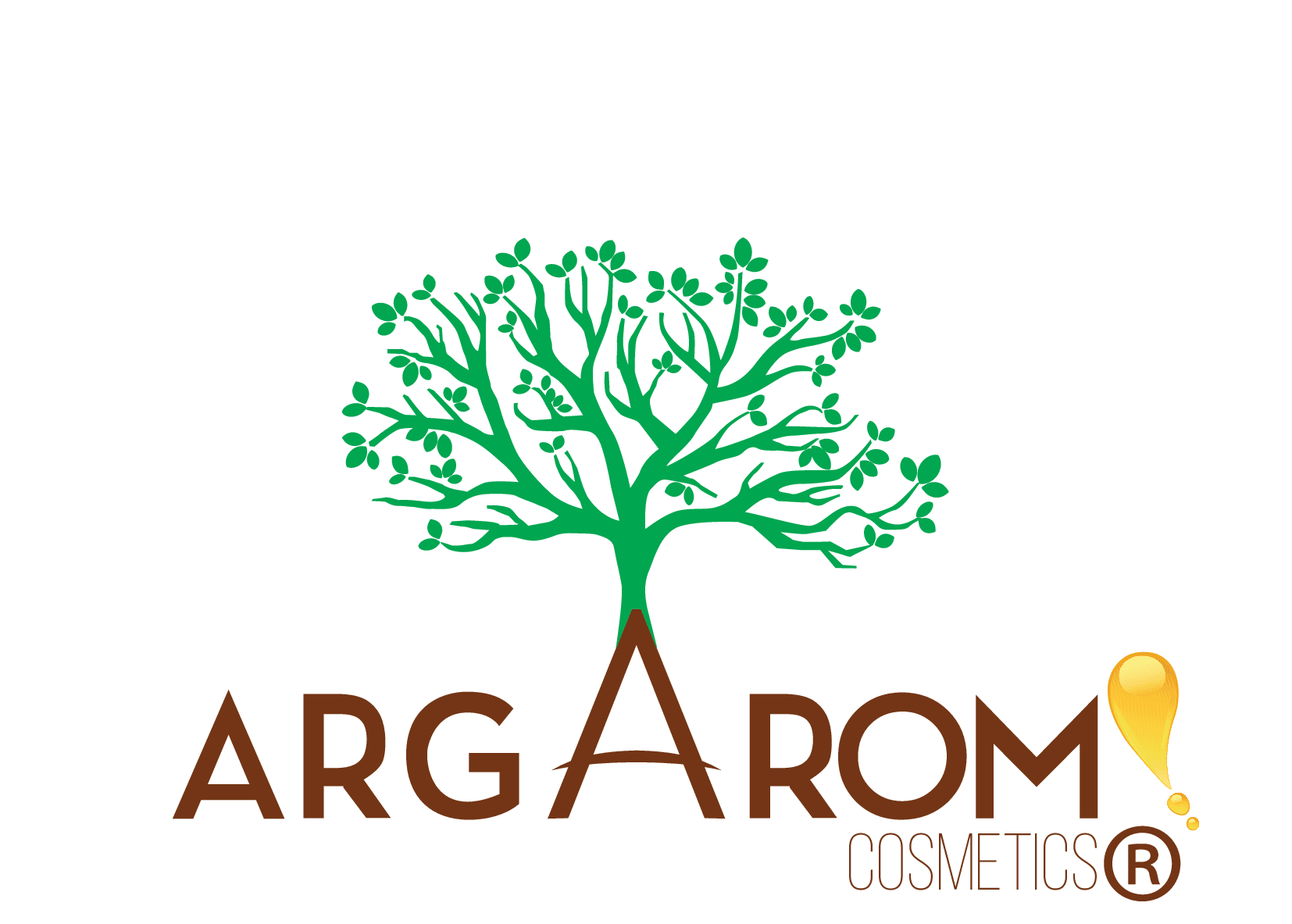Your cart is empty. Add from Wishlist
You May Also Like
50,00 Dhs
50,00 Dhs
60,00 Dhs
Your cart is empty. Add from Wishlist
Posted by ux
on July 25, 2023
Saffron from Siroua in Morocco is one of the best Saffrons in the world. It is produced in Taliouine in the djebel Siroua, by the Berbers Aït Ouaouzgit, who have been working this vegetable gold for centuries, in absolute respect of tradition.
The origin of saffron
Legends make it a gift of the gods. It is known in Sumer -5000 BC, but also in very ancient times, in India. In 1550 B.C., he arrived in Egypt, where he is mentioned in a medical papyrus. The Phoenicians traded it, and transported it to North Africa, where the Arabs gave it the name «zafaran» which means «to be yellow». From the Moroccan coast, it has reached the interior of the country, and the mountains of Siroua.
For botanical enthusiasts
Saffron, which is a crocus, belongs to the large family of Iridaceae . Its bulb is two to three centimeters in diameter and its narrow leaves, 30 to 40 centimeters long, appear just before or at the same time as the flower. he bulb will give up to eight flowers, each of which will have six purple petals, and a small pistil from which will emerge three yellow stamens, and the three stigmas, orange red, which will give the spice once dried.
The small blue flower, Crocus Sativus L reproduces only by division of the bulbs. Renewal is very slow, as the bulb takes about two years to produce three to four bulbils. And the bulb is exhausted after five to six years. This hardy plant thrives at altitude (between 650 and 1,200 meters) and can withstand large freezes of several days (up to -10°-15°) as well as heat of over 40°. In Morocco, in the Siroua mountains, saffrons must be renewed about every 7 years.
A good saffron will produce about 2 kg/ha in the first year and up to 6 kg in the second year. Yields will then fall and stabilize between 1.5 and 3 kg per hectare
The harvest of saffron
In the Siroua djebel, between late October and early November, Berber families gather thousands of flowers in which hundreds of red filaments float. This delicate flower must be picked up in the early morning, just before sunrise, before its heat fades the delicate purple petals, almost phosphorescent. The soft stem is pinched between the fingers, cut with the thumbnail, then the flower is thrown into the wicker basket where it joins the pile of crocus sativus.
In the Siroua, these stigmata are dried in the sun to develop their aromas, including notes of citrus, rose and corn. Once dry, saffron can be kept for three years without problems when it is kept in the right conditions, in dry air and protected from light.
What to do with saffron?
For cooking, always dilute your saffron pistils in cold water and add them to your dish at the end of cooking. o dilute half a gram of saffron, soak the stigmas in a bowl of water overnight. Saffron goes very well with white meats, chicken, turkey, and sheep in Moroccan tagines, where it pleasantly colors the meat and vegetables, and gives a fine flavor.
We also recommend saffron tea as it is drunk all day in the Siroua region. Made from green tea, it is prepared almost like mint tea. n a teapot of cold water, put a handful of tea leaves, a pinch of saffron and let simmer for 15 minutes. In the end, add sugar to your taste.
Saffron also has medical properties. It has always been used in traditional medicine to calm spasms, toothaches, and to release energy.
Saffron is also a traditional dye. Saffron is found in the luxurious cedar ceilings of the kasbahs of southern Morocco. Or in the beautiful Berber carpets of Siroua.
